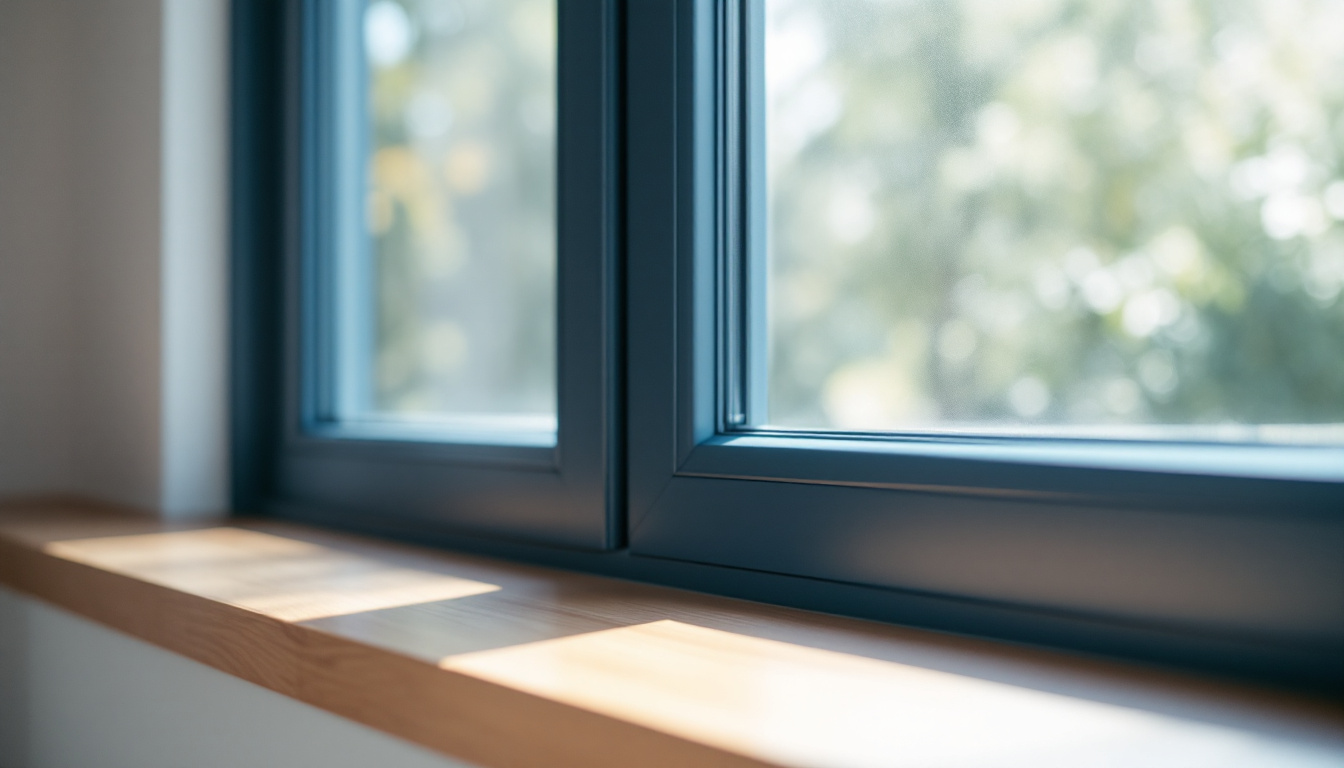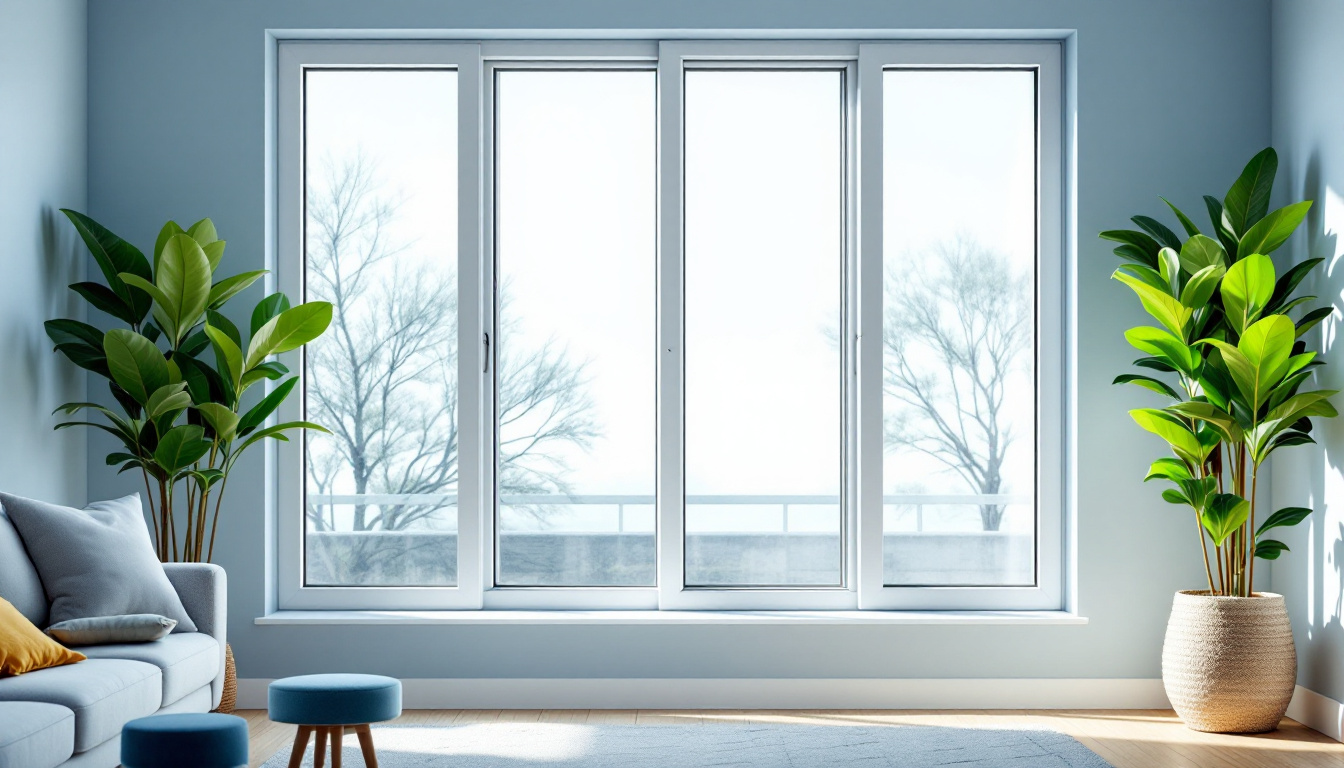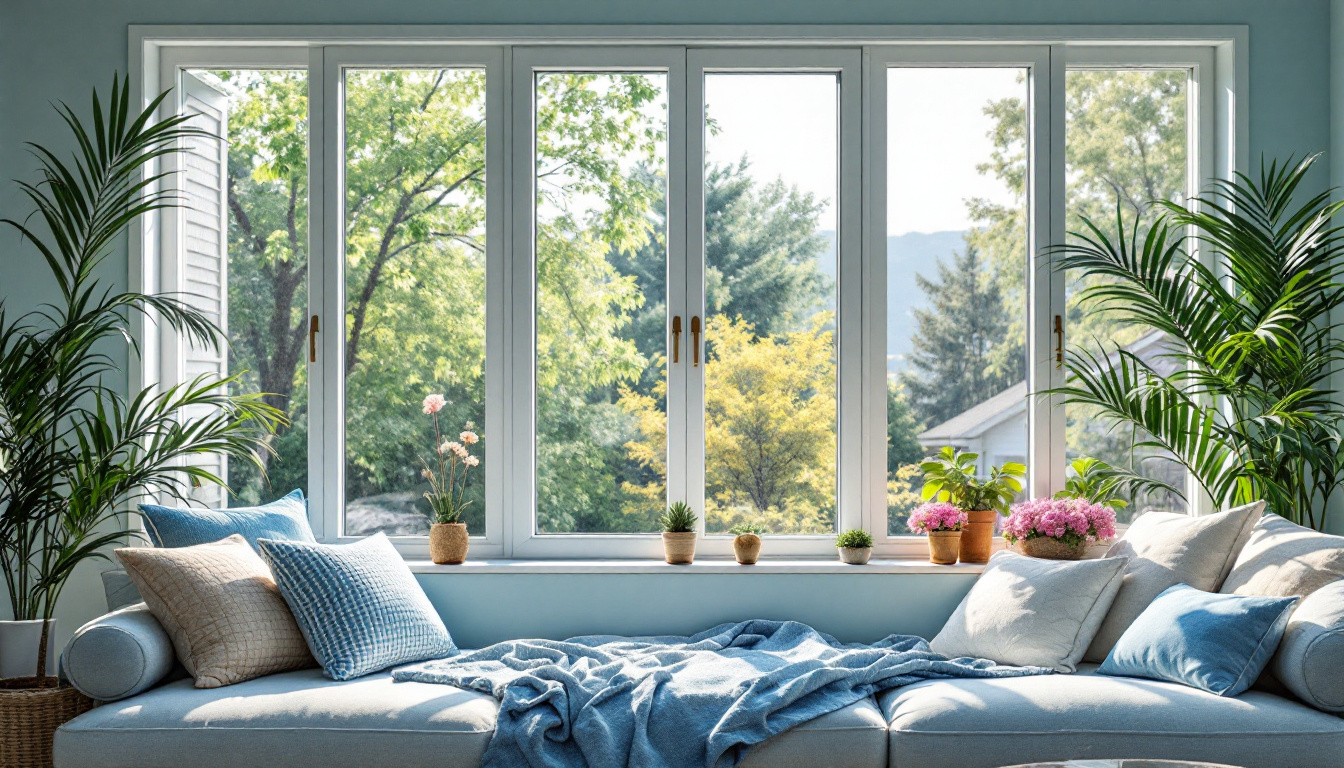When it comes to enhancing the beauty and efficiency of your home, choosing the right type of windows is crucial. Among the popular options available today, slider and casement windows stand out for their unique functionalities and aesthetic appeal. This article delves into the key differences between these two styles, helping homeowners make informed decisions that align with their needs and preferences.
Understanding Slider Windows
Slider windows, also known as sliding windows, are characterized by their horizontal opening mechanism. They consist of two or more sashes that slide past each other, allowing for easy operation and a modern look.
Advantages of Slider Windows
Slider windows offer several benefits that make them a popular choice among homeowners:
- Space Efficiency: Since slider windows do not swing open, they are ideal for areas with limited space, such as patios or walkways.
- Ease of Use: The sliding mechanism allows for effortless operation, making them suitable for individuals of all ages.
- Modern Aesthetic: Their sleek design complements contemporary architecture, providing a clean and unobtrusive look.
Considerations for Slider Windows
While slider windows have many advantages, there are also some considerations to keep in mind:
- Limited Ventilation: Depending on the design, slider windows may not provide as much ventilation as other styles, particularly if only one sash opens.
- Cleaning Challenges: Cleaning the exterior of slider windows can be more difficult, especially on upper floors.
Exploring Casement Windows
Casement windows are hinged on one side and open outward, typically operated by a crank mechanism. This design allows for maximum ventilation and an unobstructed view.
Benefits of Casement Windows
Casement windows come with a range of advantages that appeal to many homeowners:
- Enhanced Ventilation: Casement windows can be fully opened, allowing for superior airflow and natural ventilation.
- Energy Efficiency: When closed, casement windows create a tight seal, reducing air leakage and improving energy efficiency.
- Unobstructed Views: The design of casement windows provides a clear view without the interruption of vertical frames.
Considerations for Casement Windows
Despite their many benefits, casement windows also have some drawbacks:
- Space Requirements: Casement windows require space to open outward, which may not be suitable for all locations.
- Crank Mechanism Maintenance: The crank mechanism may require occasional maintenance to ensure smooth operation.
Comparing Functionality
When comparing slider and casement windows, functionality plays a significant role in the decision-making process. Here are some key points to consider:
Operation and Ease of Use
Slider windows are generally easier to operate, especially for those with mobility issues. The sliding mechanism requires minimal effort, while casement windows necessitate the use of a crank, which may be less convenient for some users.
Ventilation and Airflow
Casement windows excel in providing ventilation, as they can be fully opened to allow fresh air to flow into the home. Slider windows, while functional, may not offer the same level of airflow, particularly if only one sash is operable.
Style Considerations
The aesthetic appeal of windows can significantly impact the overall look of your home. Both slider and casement windows offer distinct styles that can enhance your property’s exterior.
Design Versatility
Slider windows are often favored for modern homes due to their sleek lines and minimalist design. They can be customized with various frame materials and colors to match your home’s exterior.
Traditional Appeal of Casement Windows
Casement windows, on the other hand, are often associated with traditional and classic architectural styles. Their elegant design can add character and charm to older homes, making them a popular choice for restoration projects.
Energy Efficiency and Cost
Energy efficiency is a critical factor for many homeowners, especially in regions with extreme weather conditions. Both slider and casement windows can be energy-efficient, but there are differences to consider.
Energy Performance
Casement windows typically provide better energy performance due to their tight seal when closed. This can lead to lower heating and cooling costs over time. Slider windows can also be energy-efficient, but their performance may vary based on the quality of the installation and materials used.
Cost Considerations
In terms of cost, slider windows are often more affordable than casement windows. However, the long-term savings associated with energy-efficient casement windows may offset the initial investment. Homeowners should weigh the upfront costs against potential energy savings when making their decision.
Conclusion
Choosing between slider and casement windows ultimately depends on your specific needs, preferences, and the architectural style of your home. Slider windows offer ease of use and modern aesthetics, while casement windows provide superior ventilation and energy efficiency. By considering the functionality, style, and cost of each option, homeowners can make an informed decision that enhances their living space.
For personalized guidance and expert installation services, contact Better Window & Door today. Our team of specialists is ready to help you transform your home with the perfect window solutions tailored to your needs.
Ready to find the perfect balance of functionality and style with new windows for your home? At Better Window and Door, we’re the experts you can trust to elevate your space. Connect with us and let’s discuss how slider or casement windows can complement your home’s architecture and your lifestyle. Get a custom quote today, and our dedicated team will provide you with personal attention and the expertise you deserve. Fill in our contact form, and we’ll be in touch to help bring your home’s potential to life.





